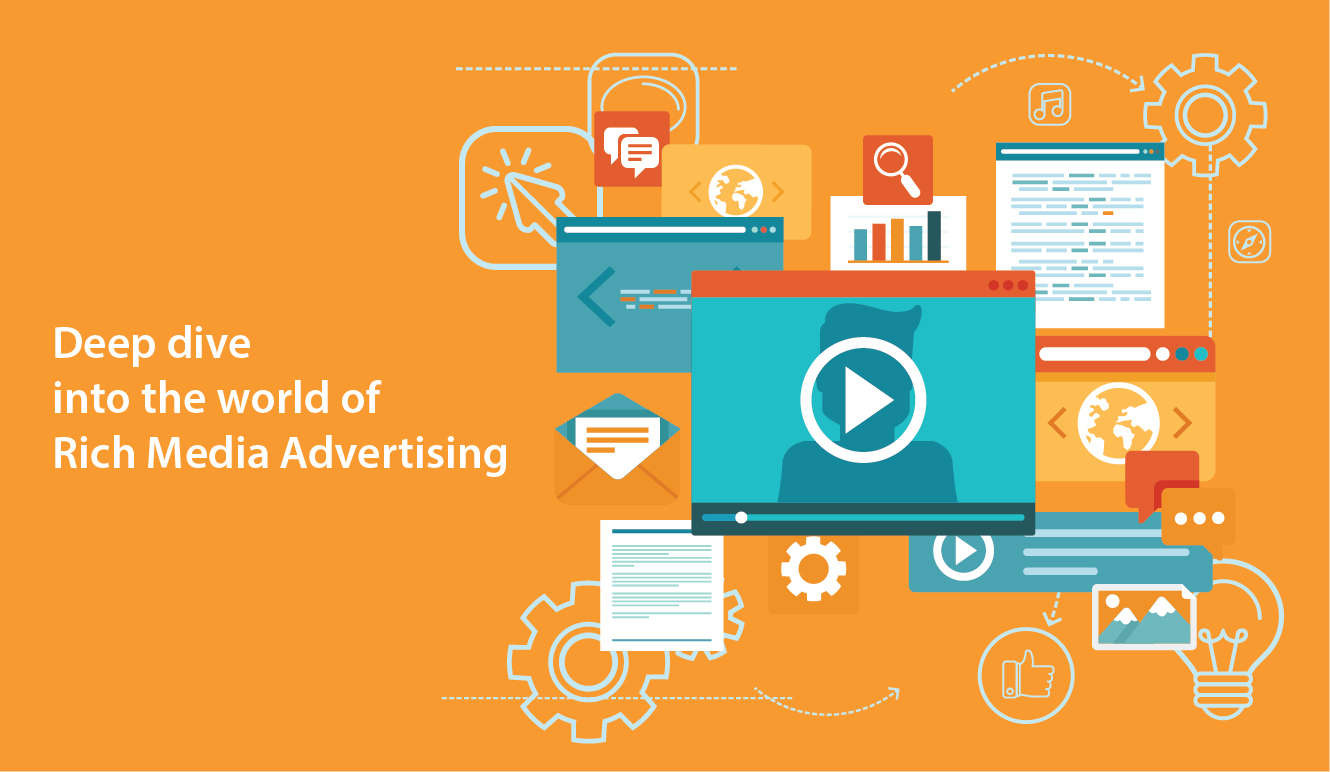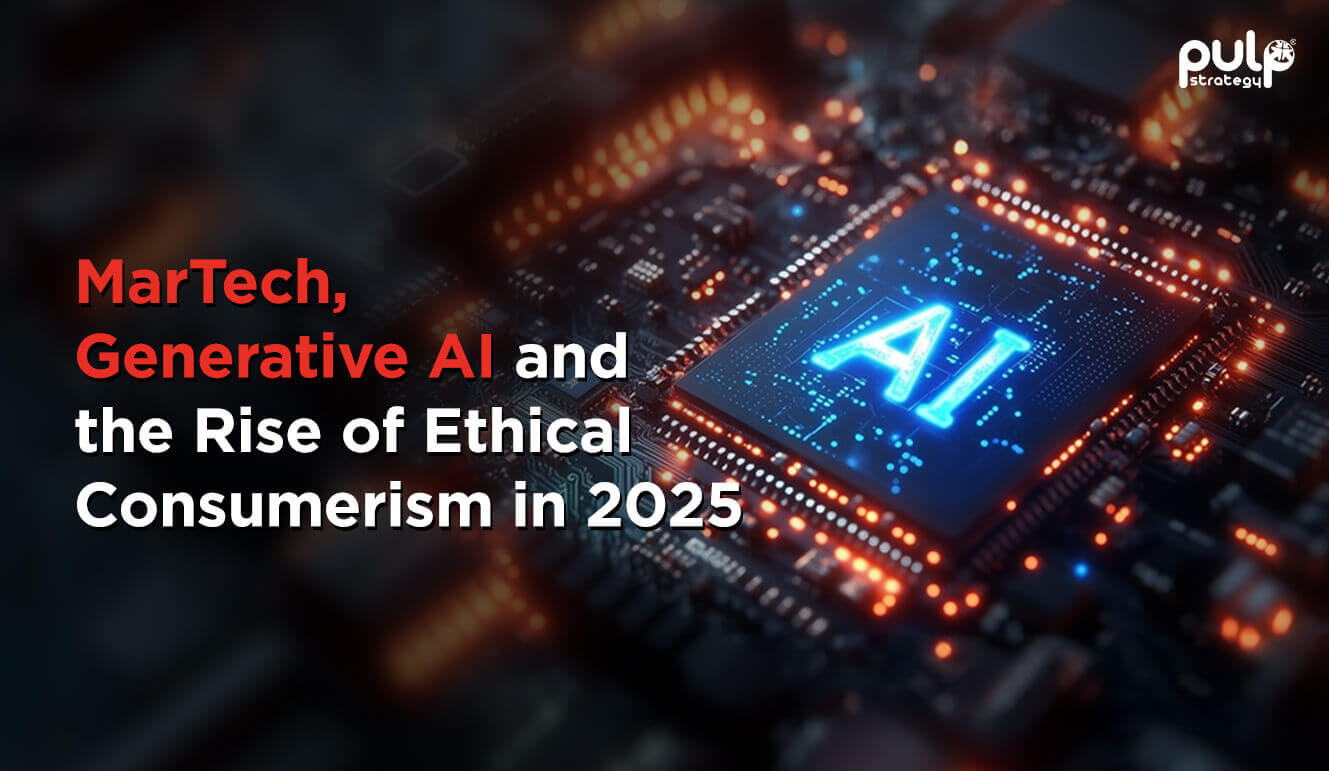In the world of advertising, Rich Media Advertising is building a niche for itself. Being interactive, having increased conversions, click-through, and view rates are also helping it build its case. So while we talk about this clutter breaking type of advertising, let’s explore the world of Rich Media Advertising and why has it become so important for agencies to invest in it.
In simple terms, Rich Media Advertising is a form of advertising that includes various advanced features like video, audio, or other elements that allows and encourage viewers to interact, engage with the content.
In text ads words are what sell it, display ads sell with pictures, and rich media ads offer more ways to involve an audience. The ads are able to expand, float, and more. Rich Media Advertising allows access to the aggregated metrics about audience's behaviour, number of expansions, multiple exits, and video completions to get data on the success of the campaign.
Also, it allows agencies to create complex ads that can elicit strong user response. Often called ‘multimedia banner’, it has the power to drive users to actions 3-6 times more than a standard banner. With the use of HTML5 technology, these ads can include multiple levels of content in one place, for example - animated elements, applets, streaming audio and video.
The different types of Rich Media Advertising
The common types of Rich Media Advertising are generally - in-page ads, out-of page ads and even in-stream video ads.
In page ads
These are ads that appear in a rectangle form within a webpage.
Out of page ads
This type of advertising can float, pop up or expand across a web page.
In-stream video ads
These involve streaming pre-roll and post-roll video. This is a very impactful format and has been reported in Adform’s Quarterly Media Barometer that the rise in Rich Media Advertising has produced the large spike in video ad playtime.
Why marketers should invest in Rich Media Advertising?
Rich Ads are larger in file size and the costs to create it are generally higher. However, with the increase in market penetration and surge of data speed and limit, Rich Media Advertising makes for a more cost-effective online ad campaign.
Greater interaction
Movement and uniquely laid out messaging breaks the clutter and keeps the viewer’s attention longer than traditional media.
Increased calls-to-action
With video and other rich media, there is a lot more than one place to offer additional, high-quality information for social media engagement. This helps capture your audience’s personal information so you can begin leading them through your sales funnel in better ways.
Track-ability
The technology behind this type of advertising allows marketers to track the various levels of engagement and interaction; these include metrics like number of expansions, multiple exits, and also number of video completions. And by combining these metrics, brands and agencies can measure the success of advertising campaigns and the return on investment (ROI) on ad spending.
Challenges with Rich Media Advertising
As with every form of advertising, even Rich Media Advertising possess certain challenges. Creating and executing Rich Media Advertising can result in endless back and forth if proper processes aren’t put in place.
To get all the stakeholders together, to review and approve content is a marketer’s challenge. Also, it is difficult to grant individuals access to the staging site, causing increased costs of overhead and administration.
While there are certain challenges, the benefits of Rich Media Advertising are substantial.
So, what is the future of Rich Media Advertising?
Since Rich Media Advertising is still in its nascent stages, it allows marketers to engage audiences in a yet uncluttered medium. With the rising popularity of video and the increased expectation consumers have regarding fast information, its future looks bright. While it may not completely take over traditional, static forms of media, it is surely gaining popularity as a widely accepted model of branding and engagement.







